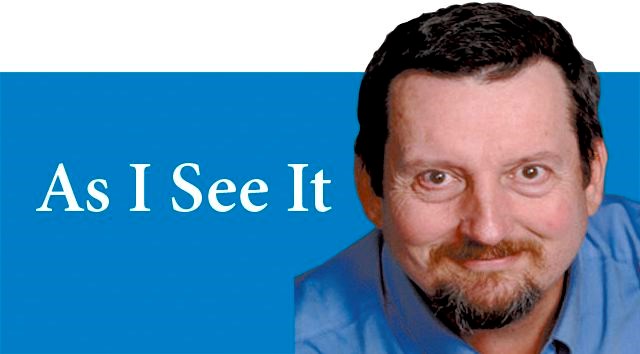Every year the government prints a financial and economic review. It is a long, somewhat tedious document - not the sort of page turner that might keep you spellbound until the end.
But reading it might keep you up at night. It is filled with the government's accounts and presents the "actuals" for the government's spending each fiscal year. It paints a realistic view of provincial finances since it is a look at what actually happened as opposed to a budget, which predicts what the government would like to see.
For example, if we consider personal income tax, in Budget 2017, the government's estimates for 2016/17 were $8.216 billion but Forecast 2016/17 is for $9.598 billion. This suggests at year end, the government will have collected roughly $1.3 billion more in tax than they anticipated a year ago.
Sounds good if you would like the government to turn a profit and start to spend money on important programs or pay down some of our growing debt.
Sounds bad if you realize this is your money we are talking about as it comes out of the pockets of taxpayers.
Sounds strange if you compare it with the actuals obtained for 2015/16, adjusted for the average annual growth rate.
Consider that in fiscal 2015/16, personal income taxation amounted to $8.38 billion in actual money collected. With an average annual growth rate of 4.9 per cent, in 2016/17, this number should have been $8.79 billion, which is well below the forecast but above the estimate.
More interesting, perhaps, is actual total revenue in 2015/16 amounted to $47.606 billion with personal income tax representing only 17.6 per cent of government revenue. We often speak of our taxes paying for the government and get quite irate about the amount taken from our income but realistically, personal income tax is only a small portion of the total revenue.
That said, direct taxation revenue accounts for about half of the total revenue from government.
In 2015/16, it was $24.326 billion or 51 per cent. Measured against our economy this revenue is 9.9 per cent of GDP and has remained roughly static for the past 10 years. (The high was 10.0 per cent in 2006/07 and the low was 9.0 in 2009/10.)
Total revenue as a percentage of nominal GDP has decreased from 20.7 per cent in 2004/05 to 19.4 per cent in 2015/16, indicating government is getting smaller.
The other major contributors are "contributions from the federal government" and the catch all term "other revenue," which includes MSP premiums ($2.414 billion) and post-secondary education fees ($1.666 billion).
Provincial income from the Commercial Crown Corporation amounts to $2.702 billion and is dominated by the B.C. Lotteries at $1.304 billion net after payment to the federal government. This is why some people call lotteries a hidden tax or a "tax on people who don't understand statistics."
Gambling is a substantial source of income for government and strangely enough, while people will complain about income tax, few people complain about playing the lottery.
All of this paints a picture of the revenue side of the provincial finances. It is a lot of numbers and doesn't explain where the money goes. That is the expense side of the ledger.
The expense side, in Budget 2017/18, is interesting. In his budget speech, the minister discussed social investments - supporting this province's most vulnerable - and education (both K-12 and Advanced) before hitting on the familiar theme of health care.
Surveys of the electorate always rate these three as the top concerns of taxpayers.
It is usually health care we are most concerned about and for a number of years we have been told it is eating up more and more of the provincial budget. Is that true?
In 2004/05, total spending on health was $11.393 billion out of a total expense of $30.880 billion or 36.9 per cent of the budget and 7.0 per cent of the nominal GDP.
By 2015/16, health spending had actually increased to $19.203 billion or 41.0 per cent of budget but only 7.8 per cent of nominal GDP.
Indeed, over the last seven years, spending on health care has essentially remained constant.
Health care is not the rapacious beast it is purported to be.
It is not really chewing up more of our economy. It is increasing slightly as a component of the overall budget expenses but that is tied to the decreases in budget in other ministries rather than to the inherent growth in health care expenses. If anything, the health care budget should be increasing faster than it is and taking a larger chunk of funds.
If the B.C. Liberals had not started on the austerity plan and shrunk government - decreasing total revenue as a percentage of GDP - it would have more than enough money to fund increases in health care.
Government finances are about choices and how we actually spend our money is one of them.



